The Sweltering Heat of Pre-Industrial Era Peru: A Tale of Spanish Conquest and Colonial Legacy
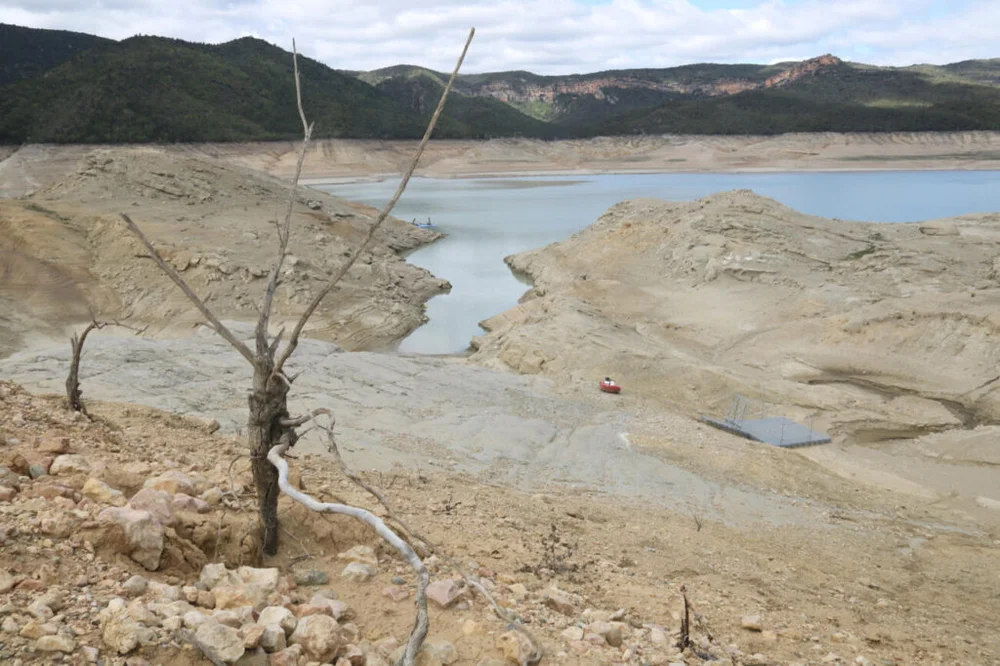
As expats in Spain, it's fascinating to delve into the historical nuances of the Spanish Empire's expansion, particularly in Peru, a region that underwent profound transformations during the pre-industrial era.
The Spanish Conquest and Its Aftermath
In 1532, the Spanish conquest of the Inca Empire marked the beginning of a new era in Peru. Led by Francisco Pizarro, the Spanish forces captured the Inca chief Atahuallpa, demanding a hefty ransom that was partly obtained from the sacred site of Pachacamac, near what would become the city of Lima[2].
The conquest was followed by significant changes in settlement patterns. Spanish cities like Piura (1532), Lima (1535), and Trujillo (1534) were established near coastal ports to facilitate communication and trade with Spain. These cities quickly became hubs for the extraction of resources, with mining centers emerging in Huancavelica and Potosí, in modern-day Bolivia[1].
The Impact on Indigenous Populations
The introduction of European diseases led to a rapid decline in the indigenous population. In response, the Spanish established new towns to consolidate the surviving rural population. This period also saw the division of rural agricultural zones into encomiendas, which later evolved into haciendas, concentrating the best farmland in the hands of a few wealthy owners. This feudal system, based on peasant labor, persisted until the mid-20th century[1].
The Rise of Lima as a Colonial Capital
Lima, founded by Pizarro on January 18, 1535, as the "Ciudad de los Reyes" (City of the Kings), soon became the capital of the Viceroyalty of Peru. Its coastal location made it an ideal choice over the old Inca capital of Cuzco, facilitating communication with Spain. Lima developed into a center of wealth and power, housing the high court (audiencia) and the headquarters of the Inquisition. It also became a hub for learning, with the establishment of the University of San Marcos in 1551 and other prestigious institutions[2].
Architectural and Cultural Legacy
The city of Cuzco, once the capital of the Inca Empire, stands as a testament to the rich cultural heritage of the region. Tourists flock to see the Inca ruins, including the fortress/sanctuary of Sacsahuamán, and the colonial churches that dot the city. The blend of Inca and Spanish architecture is evident in the tile-roofed houses and churches, with the cathedral, dating back to around 1550, being one of the most impressive structures. Cuzco was designated a UNESCO World Heritage site in 1983[1].
Economic and Social Transformations
The pre-industrial era in Peru was marked by a transition from feudal systems to the beginnings of mercantilism, a precursor to capitalism. The Spanish colonial period saw the emergence of a dichotomy between wage earners and capitalist merchants, setting the stage for the competitive market dynamics that would define later economic systems[5].
In Lima, the late 17th to mid-19th centuries saw slow growth, punctuated by significant events like the devastating earthquake of 1746 and the subsequent rebuilding influenced by the European Enlightenment. The city's prosperity was further impacted by the War of the Pacific, during which the Chilean military occupied and looted Lima from 1881 to 1883[2].
Modern Echoes of Colonial Past
The legacy of the Spanish conquest and colonial rule continues to shape modern Peru. The rapid urbanization of Lima in the 20th century, driven by migration and economic changes, has transformed the city into a bustling metropolis. However, the historical divide between the wealthy and the poor remains, a testament to the enduring impact of colonial policies on land ownership and social stratification[2].
As expats in Spain, understanding the complex history of Peru's pre-industrial era provides a deeper appreciation for the cultural and economic ties that bind these regions together. The story of Peru is a rich tapestry of conquest, adaptation, and resilience, reflecting the broader themes of colonialism and its lasting impact on the Americas.
Related Stories
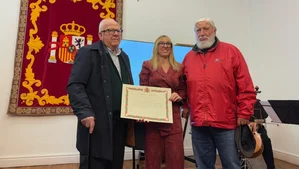
Spanish State Recognizes Julián Quintana Ruiz as Victim of Francoist Repression
Spain officially recognizes Julián Quintana Ruiz as a victim of Francoist repression, marking a significant step in addressing the injustices of the past.
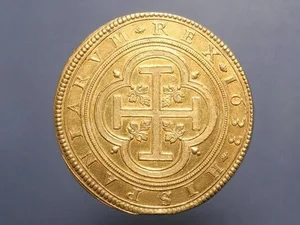
Rare Spanish Coin from 1609 Fetches Millions at Auction
A rare Spanish coin from 1609, minted during Philip III's reign, sold for millions at auction, highlighting its numismatic and historical significance.
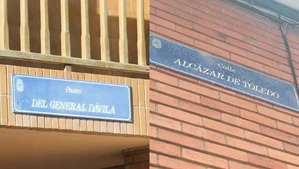
Santander Confronts Its Past: Rise in Franco-Era Street Names Sparks Controversy
Santander faces controversy as Franco-era street names double, sparking debate on the city's historical legacy and calls for change.
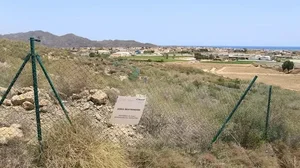
Palomares Awaits Cleanup 59 Years After Nuclear Accident
59 years on, Palomares still faces the shadow of a Cold War nuclear accident, with ongoing environmental and health concerns yet to be fully addressed.

The Tragic Story of 2,000 Kidnapped Sephardic Jewish Children: A Historical Reflection for Expats in Spain
A new documentary sheds light on the tragic tale of 2,000 Sephardic Jewish children kidnapped in the 15th century, a poignant chapter for expats in Spain to reflect on.